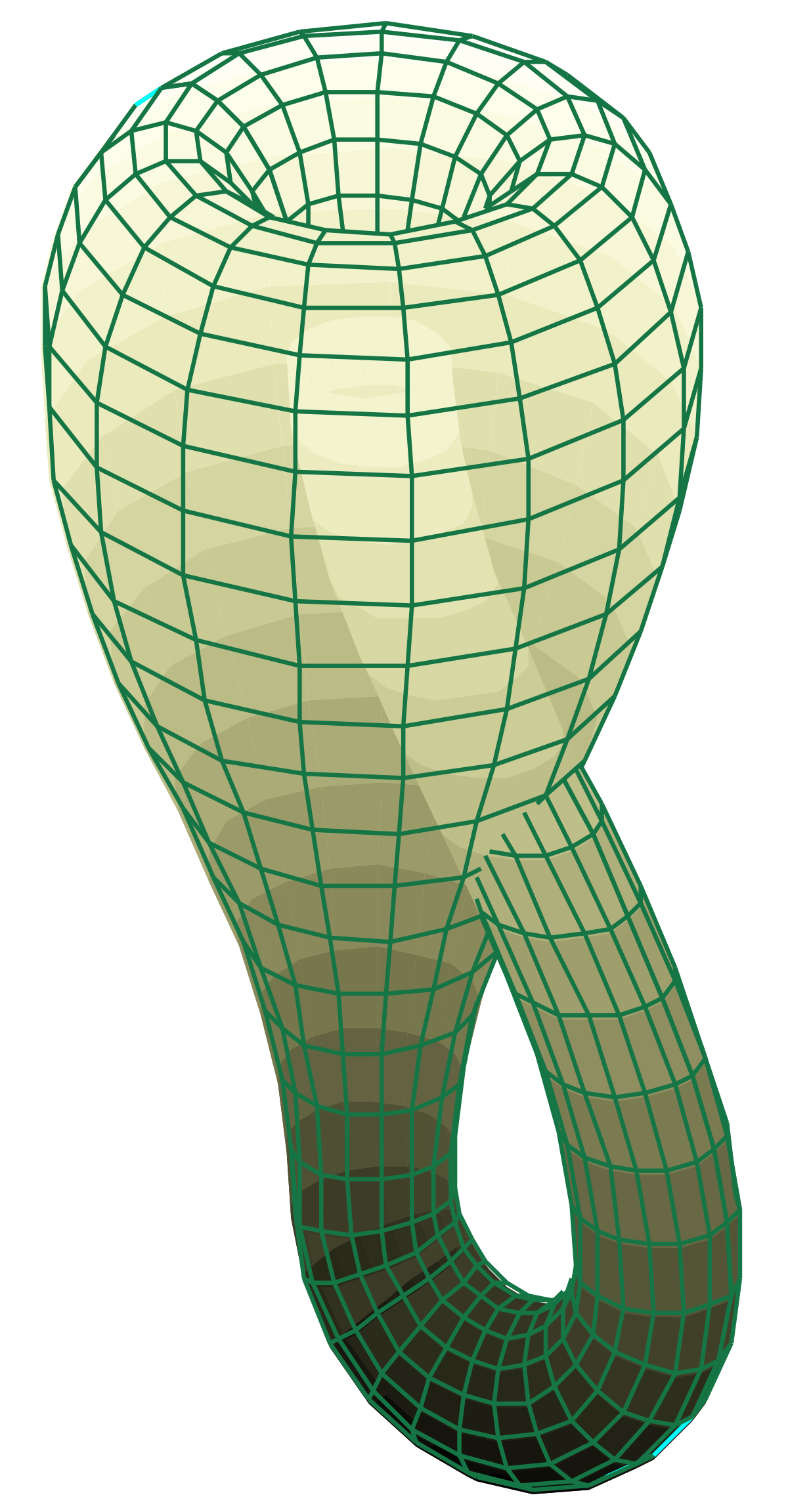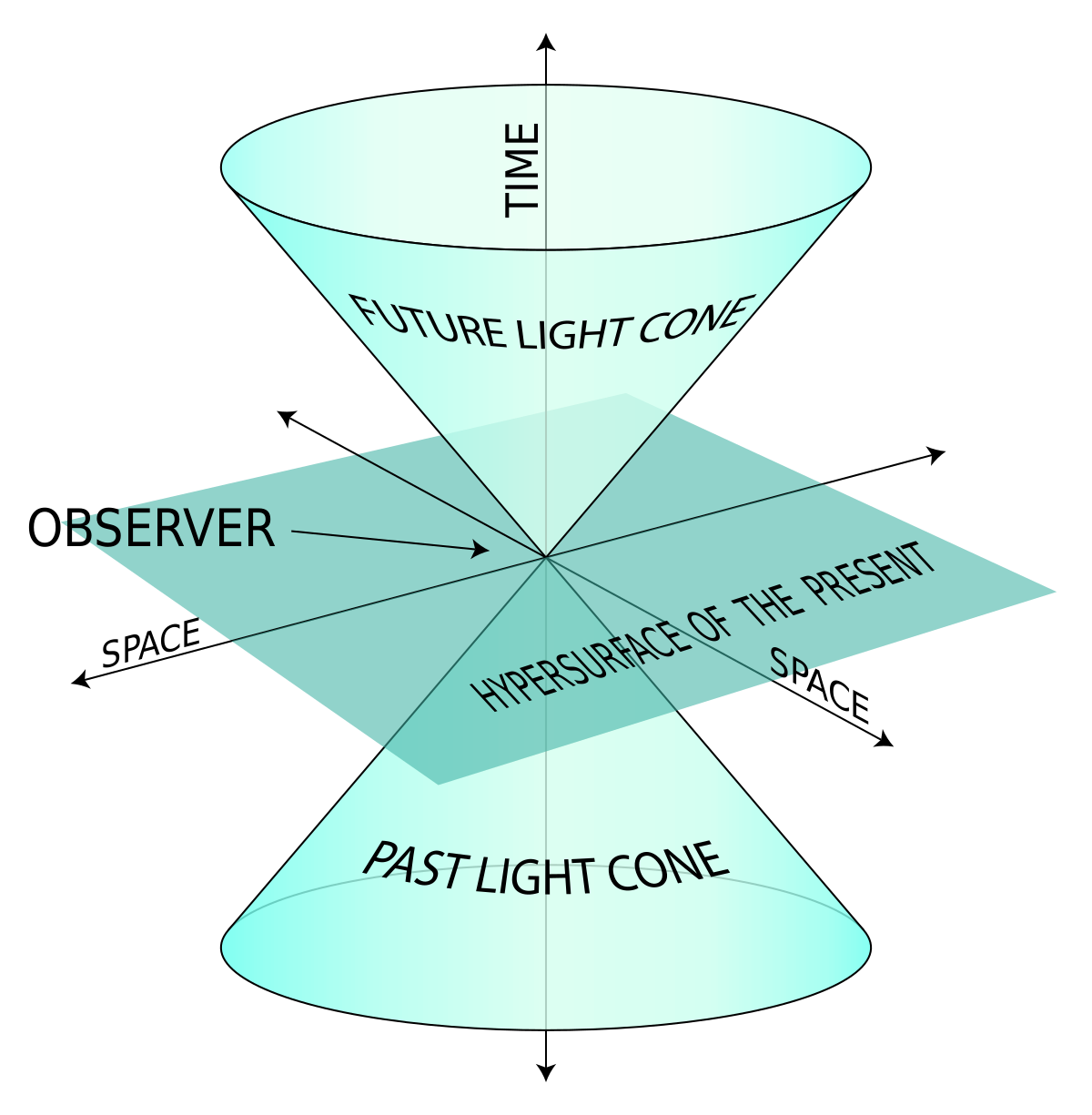I am getting a lot happier. Nearly there, I think.
My fault earlier, when I think I said that my analogy was
not based on a mathematical surface, i.e., having no thickness. I also thought that a bubble was a good model, but, no, it does have thickness. So you have forced me to think more carefully. I need comparison with a mathematical, theoretical, if you will,
2-dimensional spherical surface. Thank you. There are really advantages in being persistent. Even a tiny bit pedantic

Are you willing to accept my revised,
2-dimensional spherical surface?
If so, we can go ahead.

I am not happy about hypersurface, for reasons above, but I don't think it will interfere with the discussion. I don't like thickness to the surface because, as you stated (yes?) this thickness corresponds to time. This to me would indicate thick segments of time (instants), and this, to me, would imply slow moving chunks of time giving staggered slow movements.
My idea is different. The
2-dimensional spherical surface (short instants) are consecutive "units" of space-time - not time. That is, the
2-dimensional spherical surface represent the observed universe,
including time . However, if we each keep to our own representation, I don't think it will affect the discussion. It does come to virtually the same in the end.
For me, increasing radius indicates expansion, which does
include time.
No problem, I think.
Is that OK with you to proceed?
Cat

 [url=https://postimages.org/]
[url=https://postimages.org/] [/URL]
[/URL] [url=https://postimages.org/]
[url=https://postimages.org/] [/URL]
[/URL]










